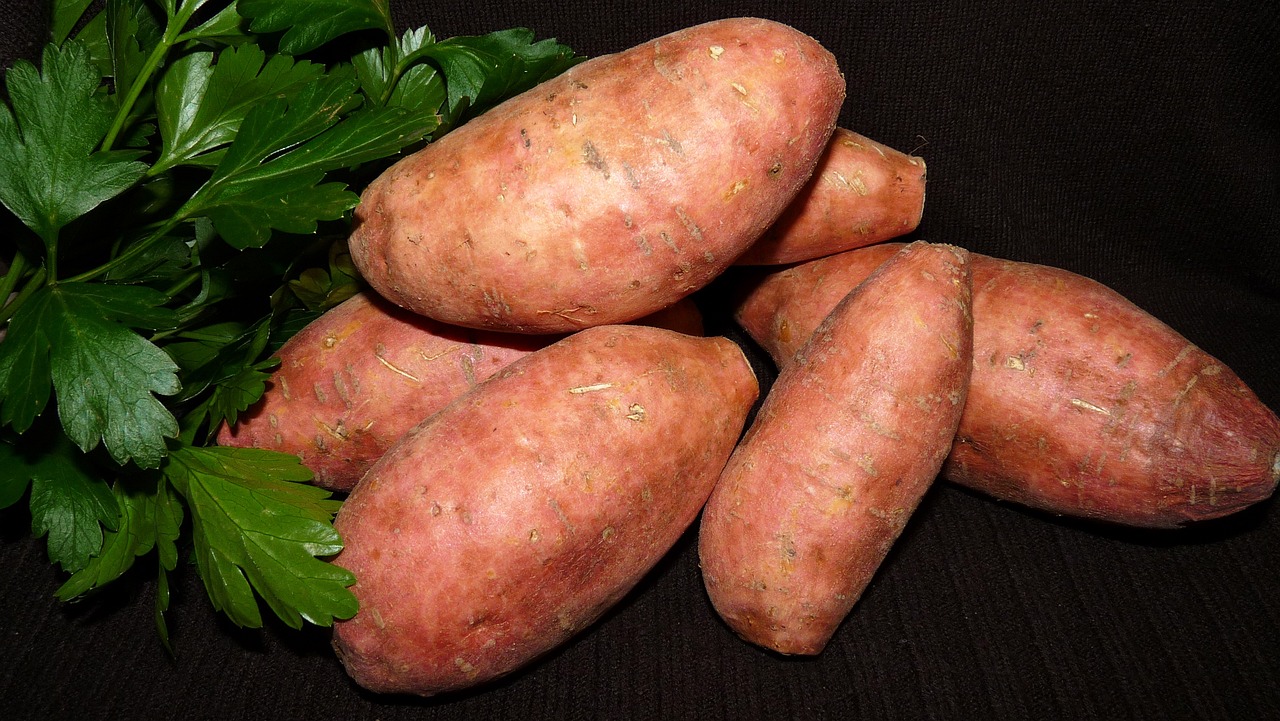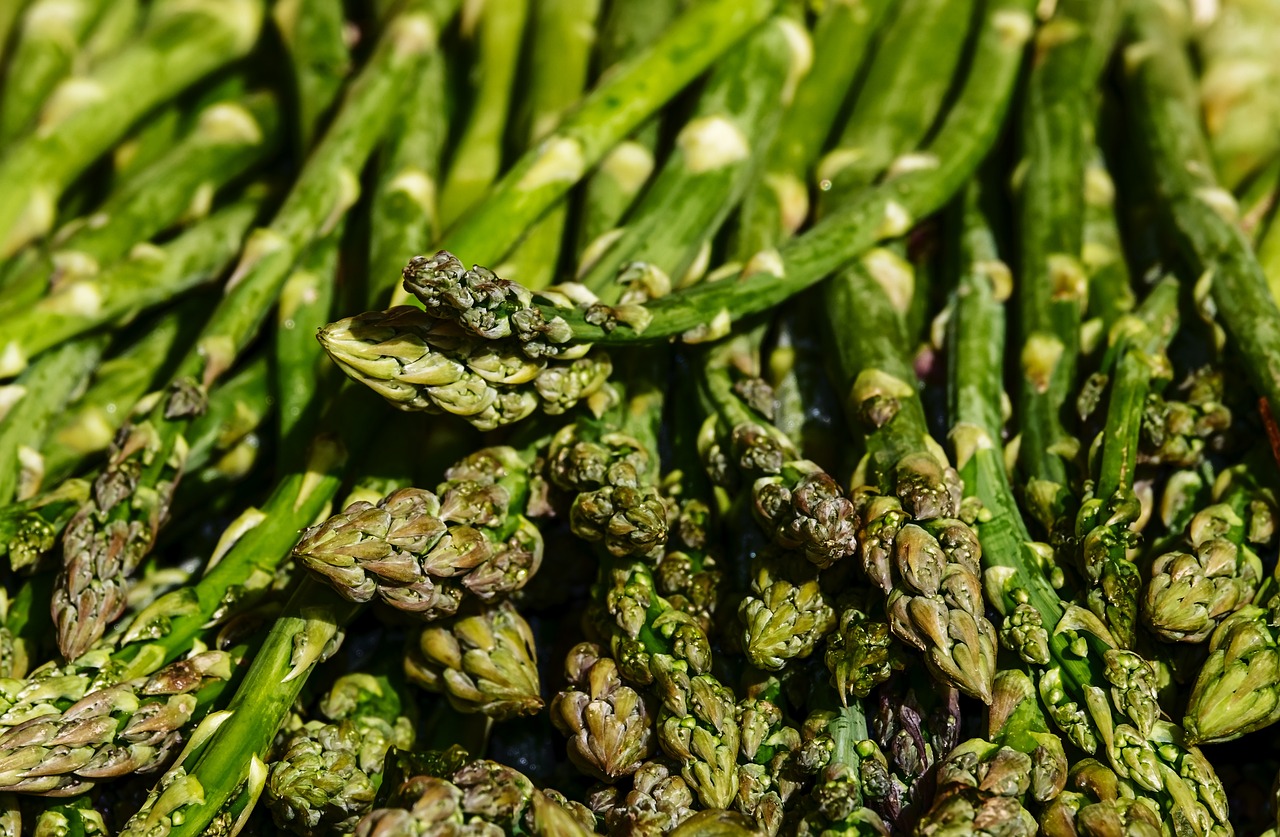Like Olaf from Frozen sang, “Winter’s a good time to stay in and cuddle,” but that can’t be all we do during the cold-weather months! It’s important to stay active year-round, but some days it’s just not possible to bundle everyone up, load the kids into the car, and drive 20 minutes to a … Read More
Category: Tips
New Year, New Habits
When it comes to adding a healthy diet to your family’s life, it can seem hard at first. It is important to remember that there is not one perfect diet for everyone, nor is it something that can be reached in one day. Eating a healthy diet, or following a healthy lifestyle, is a … Read More
October: Pumpkin
Pumpkin is nutrient-rich and packed with beta-carotene, which is converted to vitamin A in our bodies. Vitamin A helps us fight infections and maintain healthy bones, skin, and vision. It also acts as an antioxidant, meaning it protects our cells from damage. Pumpkins contain fiber, which helps keep us regular. They also have potassium, which … Read More
September: National Food Safety Education Month
September is National Food Safety Education Month! This month is all about taking steps to prevent foodborne illness, also known as food poisoning. Symptoms of foodborne illness can include: diarrhea, vomiting, abdominal pain, headache, and fever. Below are easy steps to prevent foodborne illness in your kitchen: WASH: your hands, cutting boards, dishes, and … Read More
Vitamin A
Vitamin A is a nutrient important for growth, immunity, and vision. Vitamin A has antioxidant properties, which can help protect our cells from damage and lower our risk of some cancers and heart disease. Since our bodies cannot make vitamin A, we need to get it from our food. Foods like carrots, cantaloupe, and … Read More
Cherries
Cherries are high in antioxidants and contain vitamin C and potassium. Antioxidants protect our cells from damage. Vitamin C boosts immunity while potassium maintains normal blood pressure. Cherries also may encourage more restful sleep. They contain melatonin, a hormone that helps balance our sleep-wake cycles. Storing and Choosing Cherries: The freshest cherries are darker … Read More
Asparagus
Asparagus is an excellent source of Vitamin K and contains fiber and antioxidants. Vitamin K helps keep our bones strong. Fiber keeps us regular while antioxidants protect our cells from damage. Storing and Choosing Asparagus: Asparagus stalks should be plump and tips should be pointy. Asparagus spears should be firm and straight. Refrigerate asparagus … Read More
Physical Activity for Children
Children need 60 minutes of physical activity every day! Being active helps children build strong muscles and bones, control weight, and even focus in school. Physical activity can be spread out throughout a child’s day in ways like: Biking or walking to school Playing active games like tag or hide and seek Joining sports … Read More
American Heart Month
February is American Heart Month. Heart disease is the leading cause of death in America. Being physically inactive and overweight can factor into the risk of heart disease. High blood pressure, high cholesterol, and diabetes can increase the risk as well. Below are tips to care for your heart: Use small plates to control … Read More
Start Your Day Right: Dark Chocolate Cherry Oats Recipe
Looking for a new go-to breakfast? If you enjoy breakfast that is on the sweater side, then this oatmeal bowl is a must try. Not only are oats a delicious and versatile whole grain, they are a good source of fiber. Fiber is important for our digestive health, so it is important to make it … Read More









